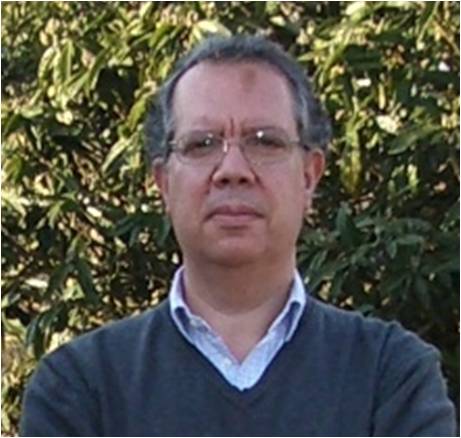Degree: Habilitation
Affiliation(s):
Department of Geosciences, Environment and Spatial Plannings, Faculty of Sciences of the University of Porto
Chemistry Research Unit (CIQUP), Institute of Molecular Sciences (IMS)
Bio
Joaquim Esteves da Silva completed the title of Aggregate (Habilitation) in Chemistry in 2007/02/07 by the University of Porto Faculty of Sciences, PhD in Chemistry in 1994/06/30 by the University of Porto Faculty of Sciences and Degree in Chemistry in 1985 by the University of Porto Faculty of Sciences. He is a Full Professor at the University of Porto Faculty of Sciences. He has published more than 350 articles in international peer-reviewed scientific journals. He has published over 20 book chapters. He has 2 registered patents. He has supervised/co-supervised more than 20 PhD students (completed) and he is supervising/co-supervising 10 PhD students. He has received 4 award(s) and/or honours. He participates and/or participated as a Researcher in 7 project(s) and Responsible Researcher in 7 project(s).
Publications
Showing 5 latest publications. Total publications: 366
Show all publicationsProceedings Paper, Indexed in: crossref, scopus DOI: 10.1007/978-3-031-82407-4_14
 P-018-S1R
P-018-S1R
Review, Indexed in: crossref, scopus, wos DOI: 10.3390/microplastics3010006
 P-010-A4H
P-010-A4H
Unpublished, Indexed in: crossref DOI: 10.20944/preprints202402.0327.v1
 P-010-A4P
P-010-A4P
Review, Indexed in: authenticus, crossref, wos
 P-010-A4T
P-010-A4T
Unpublished, Indexed in: crossref DOI: 10.20944/preprints202401.1542.v1
 P-010-A4N
P-010-A4N

